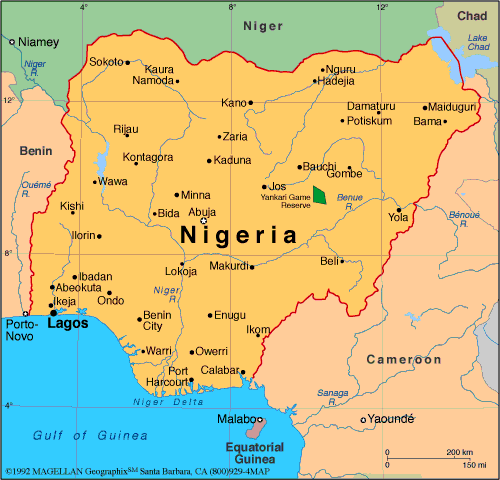BACKGROUND:
METHODS:
RESULTS:
CONCLUSION:
Full article at: http://goo.gl/eMAB7O
By:
- 1Department of Community Health and Primary Health Care, Lagos State University Teaching Hospital, Ikeja, Lagos, Nigeria. drolus_adejumo@yahoo.com.
- 2Department of Community Medicine, Ebonyi State University, Abakaliki, Nigeria.
- 3Abia State TB and Leprosy Control Programme, Umuahia, Abia, Nigeria.
- 4Oyo State TB and Leprosy Control programme, Ibadan, Oyo, Nigeria.
- 5KNCV/ TB CARE I, Abuja, Nigeria.
- 6Department of Community Medicine and Primary Care, Olabisi Onabanjo University Teaching Hospital, Sagamu, Ogun, Nigeria.
- 7Department of Sociology/Anthropology, University of Nigeria, Nsukka, Enugu, Nigeria.
- 8KNCV Tuberculosis Foundation, the Hague, The Netherlands.
- 9Department of Global Health, Academic Medical Center, Amsterdam Institute of Global Health and Development, Amsterdam, The Netherlands.
- BMC Public Health. 2016 Feb 23;16(1):177. doi: 10.1186/s12889-016-2769-7.
More at: https://twitter.com/hiv insight

No comments:
Post a Comment